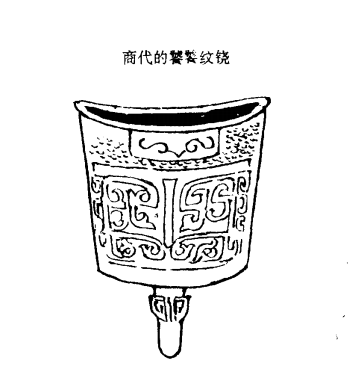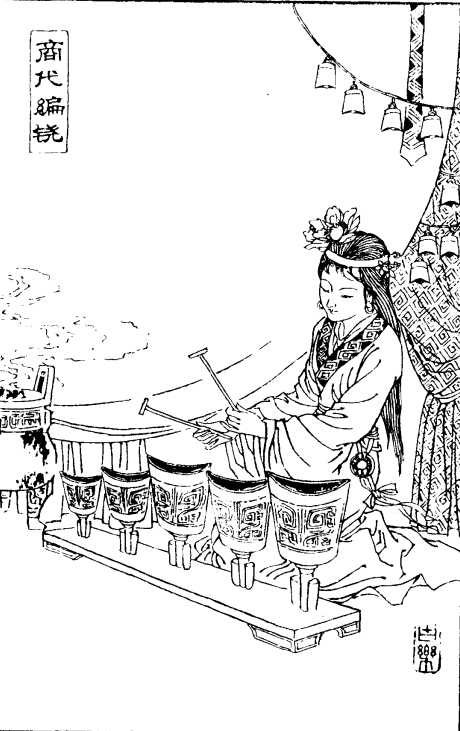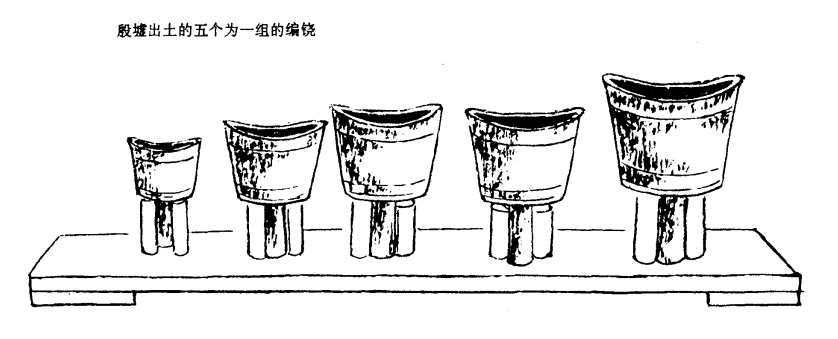A musical instrument composed of multiple cymbals - the cymbal
410 views · Organized by 九曲 on 2022-02-15
Nao [náo], also known as zheng and bell, is one of the earliest percussion instruments used in China, popular from the late Shang Dynasty to the early Western Zhou Dynasty. According to historical records, nao was used to stop drumming when the army was retreating. "Zhou Li" said that "golden cymbals stop drums", which is an instrument used in the army to direct the advance and retreat.


There are single pieces of cymbals, which are arranged in groups and are called braided cymbals. In the tombs of the Shang Dynasty at Yin Ruins, there were once unearthed three groups of cymbals of different sizes, but they could not play complete music.

Involving musical instruments
Da Nao (Pinyin: Dà náo) is an ancient Chinese bronze percussion instrument with a huge shape. A large cymbal in the late Shang Dynasty was unearthed in Hunan, with a height of 103.5 centimeters and a weight of more than 200 kilograms. When it reaches the trapezoid shape, the body has a large animal face pattern, and a handle is placed under the body.
Nao (pinyin: náo), also known as the bell, is one of the bronze percussion instruments used in ancient China. Used in the military, the function is to give instructions to stop drumming. It was popular in the late Shang Dynasty and was used in the early Zhou Dynasty. It is a round copper musical instrument that is often played with cymbals.
Guess you like
Organized by 肖毅 on 2022-03-09
"Joke Tan" is a form of folk singing, which has the form of opera. Its performances are often interspersed in the middle of Meihu plays, appearing at the request of the audience.
read >>
Organized by 九曲 on 2022-02-28
Chinese music is an important part of the splendid Chinese culture. Before the middle of the 19th century, it experienced three periods: ancient, medieval and modern. For thousands of years, it is famous for its colorful varieties and rich systems.
read >>
Organized by 卷鹅 on 2022-02-15
As early as the Song Dynasty, a musical instrument very similar to the cymbal appeared in our country - the cymbal.
read >>
 渝公网安备 50010702504639号
渝公网安备 50010702504639号